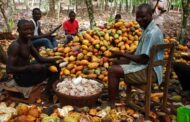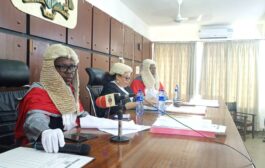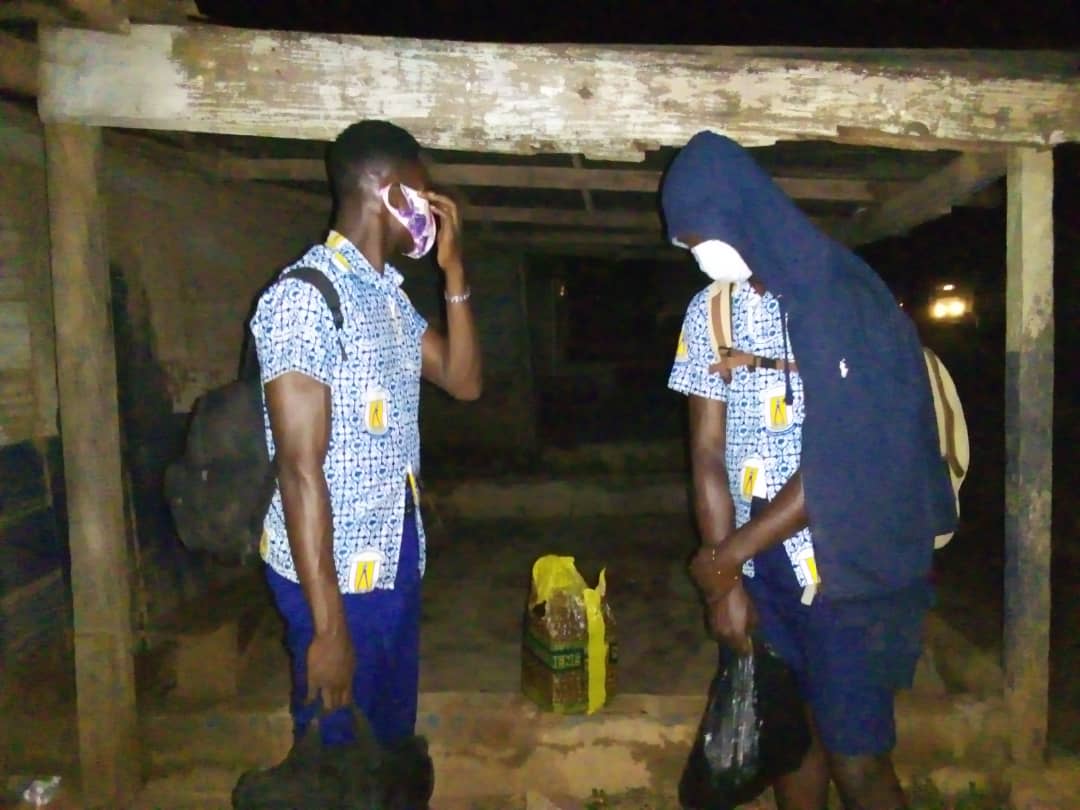The minister responsible for the food and Agricultural Hon Owusu Afriyie Akoto has told parliament that, cocoa swollen shoot disease (CSSVD) has been the major factor contributed to the decline in the production levels in the past 10 years.
According to the minister, as everyone is aware, the Cocoa sector has been the minister of Ghana’s economy until the discovery of oil in recent times.
Mr. AKoto Osei revealed that notwithstanding, the sector had the problems that have contributed to its underperformance in recent times.
He said this in a parliamentary response to a question filed by the member of parliament for Sagnaeigu, Hon A.B.A.Fuseini requesting from the food and Agricultural minister plans put in place to ensure the production of high yielding cocoa seedlings for the Cocoa industry, having regard to the fluctuation in the levels of cocoa production over the past five years.
Mr. AKoto Osei conceded that there has been a systematic declined in the country’s cocoa production in the last five years as observed.
Speaking to the house on house the ministry will tackle the problem, the minister indicated to the legislators that, research activities will be deployed as well as the development of hybrid seedlings with relatively high resistance to the disease.
Meanwhile, the sector minister of the food and Agricultural also assured the August house that, together with the cocoa health extension division of COCOBOD, the seed division of Ghana cocoa board is responsible for the production and distribution of hybrid cocoa seedlings to farmers for transplanting.
“Available data indicates that the decline started 10 years ago.
Telling parliament how the ministry and COCOBOD will take measures against the cause of the decline in the Cocoa industry, he provided that, there will be the adoption of the use of galvanized poles and treated Lumber for the nursery structures instead of bamboo.
The Agric Minister further assured the house that, the replacement of disposable single-use polybags with more durable and environmentally friendly UV-protected receptacles as we as reducing cost by using cocoapeat instead of topsoil; and provision of on-farm water sources through the sinking of boreholes and other irrigation facilities in water-deprived areas.
Below is the performance of cocoa production since 2010/2011
The minister in his response made available to the house that, in 2010/2011, cocoa production was 1,024,553
2011/2012 – 879,349
2011/2013 – 865,466
2014/2015 – 740,254
2015/2016 – 778,043
2016/2017 – 969,511
2017/2018 – 904,740
2018/2019 – 811,606
Source: Mybrytfmonline/Kwaku Ansah



















































